Creating Places: A policy statement on architecture and place for Scotland
This statement sets out the comprehensive value good design can deliver.
PART ONE THE VALUE OF ARCHITECTURE AND PLACE
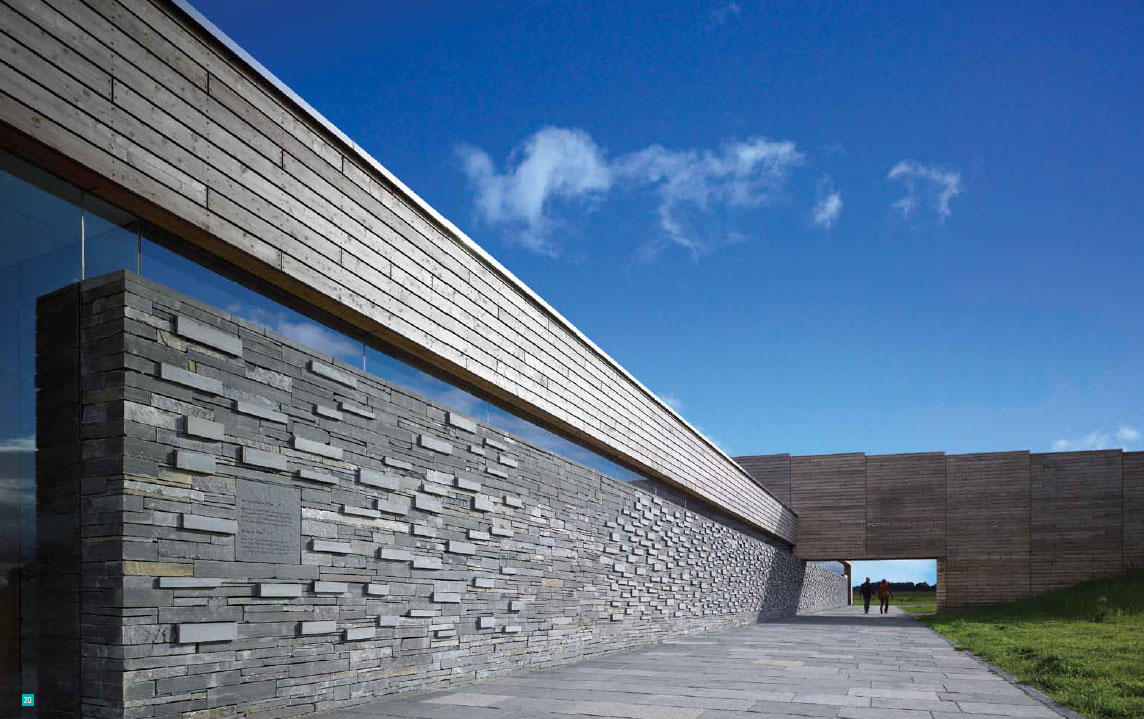
THE STATUS OF THIS POLICY STATEMENT
This policy statement sets out the Scottish Government's position on architecture and place. Architecture and place has an established, strong relationship with planning. Therefore, the policies contained in this document are material considerations in determining planning applications and appeals.
However, the planning system alone cannot deliver good places. This document highlights the significant relationship between architecture and place to a range of policy areas which contribute to our National Outcomes. It is recognised that the public sector has a key role in delivering good places. We will therefore look to work with a range of public sector bodies to help embed the principles of this document into all relevant policy areas and decision making processes.
WHAT IS 'GOOD DESIGN'?
Good design is not merely how a building looks, it is an innovative and creative process that delivers value. Design provides value by delivering good buildings and places that enhance the quality of our lives. This can be:
- physical value - enhances a setting;
- functional value - meets and adapts to the long-term needs of all users;
- viability - provides good value for money;
- social value - develops a positive sense of identity and community; and
- environmental value - efficient and responsible use of our resources.
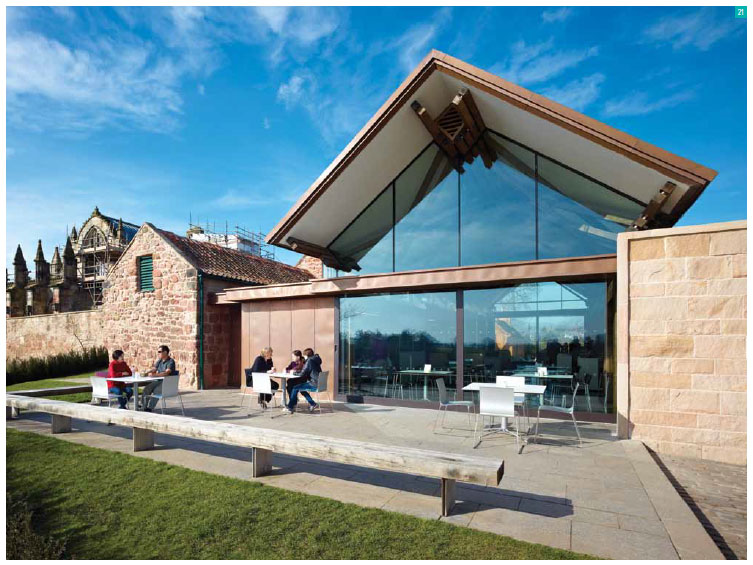
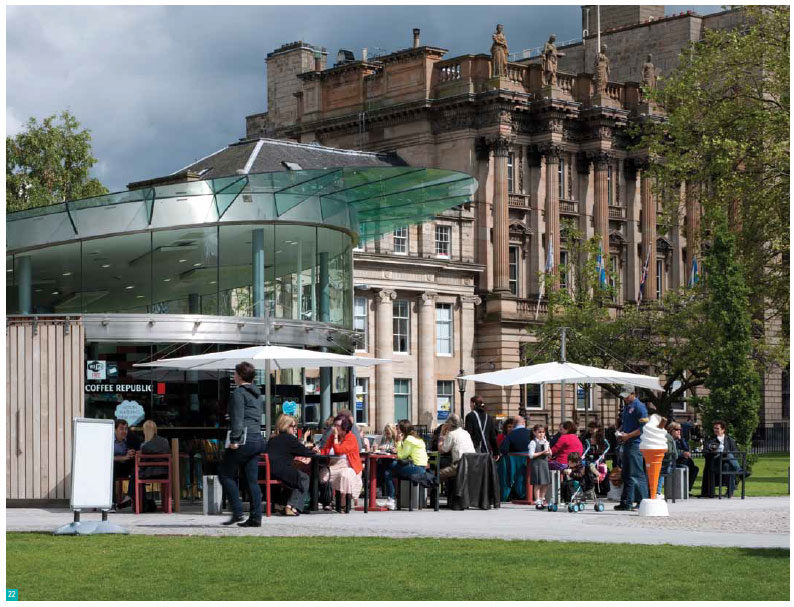
QUALITIES OF SUCCESSFUL PLACES
Designing Places sets out the role of the planning system in delivering the Scottish Government's aspirations for design and making places. Designing Places promotes principles of context, identity and character.
The six qualities of successful places are set out as:
- distinctive;
- safe and pleasant;
- easy to move around;
- welcoming;
- adaptable; and
- resource efficient.
These guiding principles continue to underpin the Scottish Government's approach to delivering good places.
This document considers 'place' to comprise: the environment in which we live; the people that inhabit these spaces; and the quality of life that comes from the interaction of people and their surroundings. Architecture, public space and landscape are central to this.
THE VALUE OF GOOD BUILDINGS AND PLACES
Good buildings and places can have personal value to us as individuals. They give us a sense of belonging, a sense of identity, a sense of community, and offer us the amenities to meet our daily needs.
Good buildings and places can provide value to us as a society. They attract talent and investment and are the essential infrastructure which sustains business. Good places can be the critical factor in determining whether we choose to walk or drive, whether our lifestyles are active and healthy, and the size of our carbon footprint.
Good buildings and places can provide value to us as a country. They are an essential component in delivering our environmental ambitions and putting Scotland at the forefront of the global effort to tackle climate change. Scotland's unique architecture and places promote our distinctive identity all over the world, attracting visitors and investment.
Where, what and how we build is central to the economic success of Scotland. That is why, in recent years, we have modernised our planning system, in order to maximise our economic opportunities, and enhance Scotland's competitive edge.
Some of the principal benefits of good architecture and places are discussed in more detail following, under the themes:
- People and communities
- Sustainable development
- Design - Economic advantages
- Health outcomes
- Culture and identity
- Landscape and the natural environment
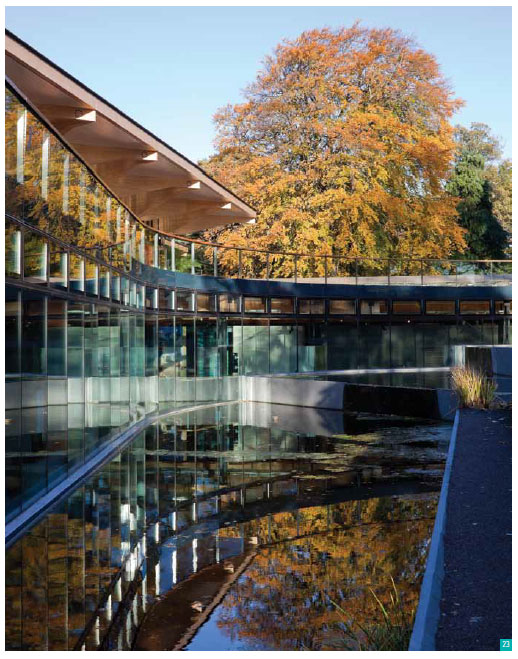
PEOPLE AND COMMUNITIES
Quality places are often central to community life. A successful place is accessible to all and encourages people to connect with one another. The relationships which are fostered help to create communities where there is a high level of positive activity and interaction. These are communities which are safe, socially stable and resilient.
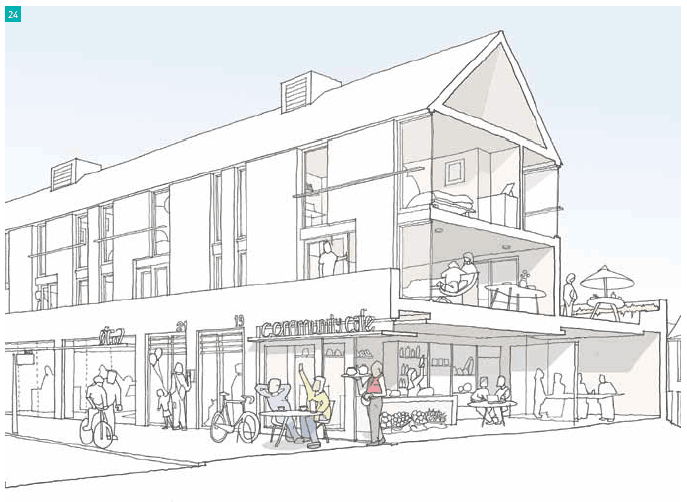
'Our town centres are important in economic, cultural and low-carbon terms. We are social animals, and town centres offer us a sense of community, giving us the opportunity to walk streets that are flourishing with activity and to interact with others as part of our everyday life. Town centres offer a vision of the future that is at once familiar, enlivening and radically different from what's on offer out-of-town.'
Malcolm Fraser, Chair,
The Scottish Government Town Centre Review
Whether in urban or rural situations, communities have unique and valuable knowledge about the neighbourhoods and places in which they live. Successful places are made by involving people at the earliest stage and by continuously harnessing this wealth of skills and knowledge. Meaningful participation enables places to endure, and meet the needs and future aspirations of the people who live and work in them.
Scotland's town centres are important hubs of activity for communities and many can have an enhanced role to play in supporting and promoting local economic growth. Town centres can provide employment and accessible services for local people, be a focus for entrepreneurial and civic activity, and provide people with a valuable sense of community and belonging.
Not every town is the same or indeed needs to serve every purpose and the role for the individual town centre needs to be considered in light of this. The Scottish Government's Town Centre Review was launched in September 2012. An independent External Advisory Group was assembled to consider the issues around the future of our town centres. This group will publish a series of actions to assist town centres in realising their potential as viable, attractive places to work, visit and live.
Our Regeneration Strategy, Achieving a Sustainable Future, puts community-led regeneration at the heart of its approach. The changes required to make all communities vibrant and sustainable will only be achieved when communities themselves play a part in delivering change.
SUSTAINABLE DEVELOPMENT
Sustainability is not an issue that can be compartmentalised. It is an issue which permeates many aspects of place, location, natural capital, energy, transport and health.
SUSTAINABLE BUILDINGS
In a world of finite resources and a changing climate, it is imperative that buildings are designed responsibly and with adaptability in mind. The design process offers opportunity to reduce emissions, maximise energy efficiency and climate resilience, and deliver buildings that are flexible over the long term.
The Scottish Government has some of Europe's most ambitious targets for energy use and carbon reduction in new buildings. These targets are supported through Scottish building regulations. The Building (Scotland) Act 2003 enables Ministers to 'further the achievement of sustainable development' through the regulations.
Recent work in the Scottish design sector has shown that greater innovation can deliver low energy and low carbon solutions that are affordable and deliverable. Improving the minimum standards can drive development of low carbon solutions. However, technical factors alone cannot be expected to adequately address carbon reduction. Behavioural changes to reduce energy consumption are equally important.
Experience has shown that climate change and extreme weather events have already impacted on many aspects of society. Future reviews of building regulations will consider how new buildings can adapt to the impact of a changing climate to improve energy efficiency.
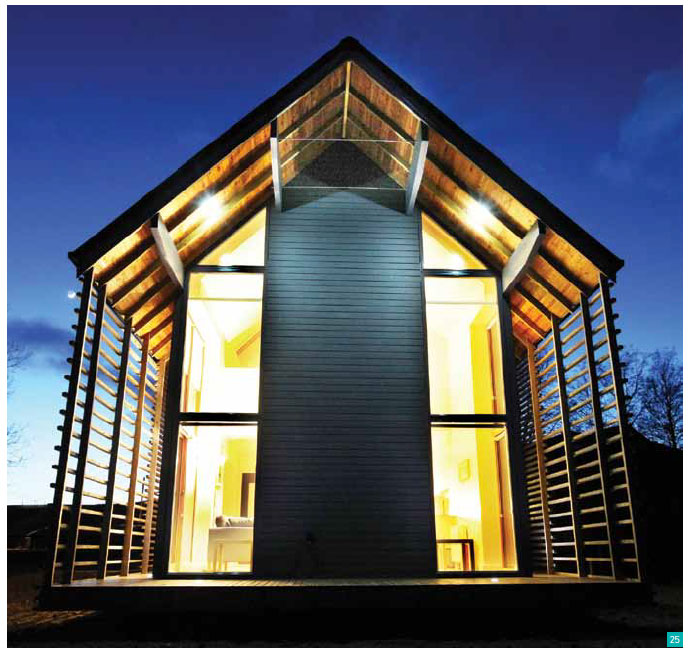
Model D House
Architect: Gökay Deveci
Client: Sylvan Stuart Ltd
'Passivhaus' standards
Less than £900sqm
Constructed from Scottish timber
A sustainable, affordable and contemporary response to a
rural Scottish vernacular - delivered by a design-led approach.
Sustainable Places
Quality places can, by their very nature, be sustainable. Sustainable places are often characterised by well-designed, walkable mixed-use neighbourhoods with integrated facilities. Places which have enduring appeal and functionality are more likely to be valued by people and therefore retained for generations to come.
These types of places can play a role in reducing our carbon emissions and are a considerable impetus for healthier lifestyle choices. Our decision to make journeys on foot or by car is often determined by the layout of our surroundings.
Transport is a major contributor to Scottish energy demand and greenhouse gas emissions. An important element of The Scottish Government Report on Proposals and Policies is the need to reduce our carbon emissions through widening travel choices. Fundamental to this aim is the need to encourage more travel by foot and bicycle and a move away from the reliance on private cars.
Neighbourhoods which are compact and well-connected give residents additional options, allowing them to choose to use sustainable modes of transport to reach their destination. In this way, the development of, and enhancement of, walkable neighbourhoods has the potential to reduce the significant greenhouse gas emissions related to everyday journeys.
Good developments not only house people, but support a wide range of activity. Through the careful use of land, developments should be designed to accommodate a range of housing, local retail, leisure facilities, and high quality green spaces which are attractive, rich in biodiversity and well connected.
Building a sustainable Scotland involves preserving and enhancing our built heritage, prioritising the use of brownfield land and taking an integrated approach to landscape, buildings and services. Making best use of our existing infrastructure is critical, as is taking a long-term approach to the design and stewardship of our place assets.
Emissions related to short journeys taken in everyday activities can be reduced by designing places that are compact, walkable and have mixed uses.
'Cars account for almost three-quarters of the total distance travelled per person per year. Shopping accounts for 21% of the average trips per person per year. Commuting accounts for 17% of trips.'
Source: Statistical Bulletin: Transport Series: National Travel Survey 2009/2010 Transport Scotland
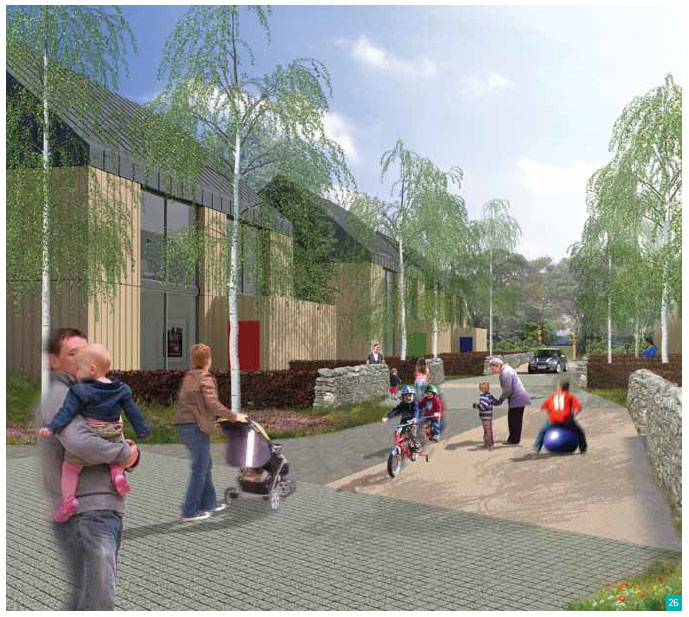
'When streets are designed for walkers and not cars people are 25% more likely to walk to work.'
Source: World Health Organization (
WHO)
publication (2006)
The solid facts: Promoting physical activity and active
living in urban environments
DESIGN - ECONOMIC ADVANTAGES
A design dividend
The design and construction sector makes an important contribution to Scottish GDP.
ARCHITECTURE ACCOUNTS FOR OVER 10% OF SCOTLAND'S 2.67BN CREATIVE INDUSTRIES SECTOR.
IN 2010, GVA FOR ARCHITECTURE IN SCOTLAND WAS £285M.
IN 2011, EMPLOYMENT IN ARCHITECTURE IN SCOTLAND WAS 5,600.
Source: The Scottish Government Growth Sector Statistics Database
In an increasingly competitive world market, investing in design and innovation can provide Scotland with a comparative advantage. Good quality buildings and places do not necessarily cost more, especially when long term costs and benefits are considered, as they should be. By contrast, cutting costs in the short term can often be a false economy, as poor quality places can have a significant long term cost to the public purse and detrimental social impacts.
'Without an attractive, high quality physical environment and diverse cultural and social activities, cities and their surrounding regions may struggle to attract investors, workers and visitors.'
Scotland's Cities: Delivering for Scotland
The Scottish Government in collaboration with Aberdeen,
Dundee, Edinburgh, Glasgow, Inverness and Stirling
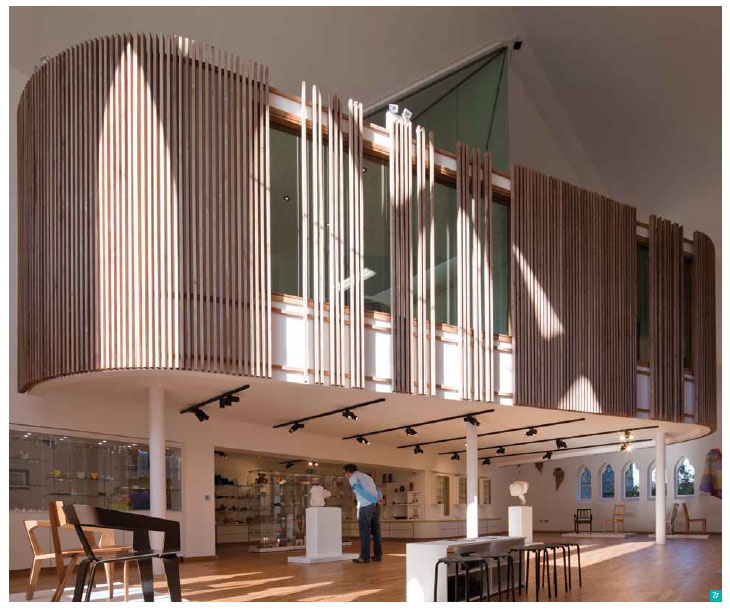
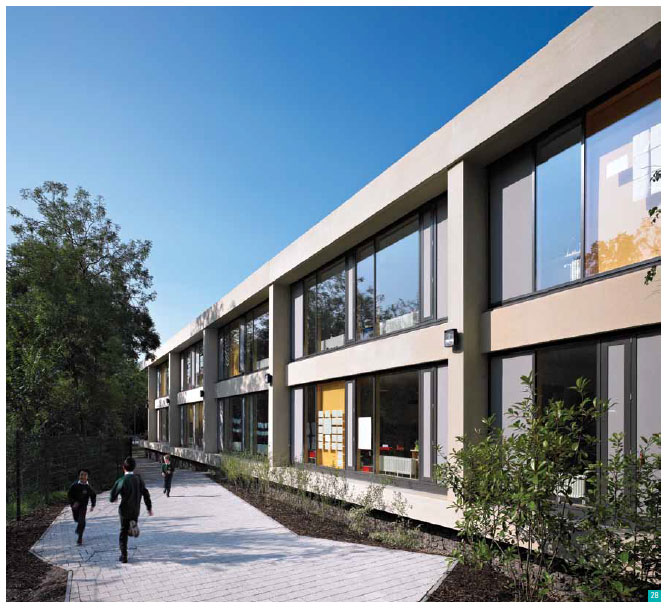
The prevention agenda
The government's public service reform agenda demonstrates a shift towards preventing problems and easing future demand on services by intervening early. This approach delivers better outcomes and value for money. Applying good design to the built environment can significantly contribute to this agenda, for example, by assisting healthy living choices; facilitating learning; boosting civic pride and cultural activity; and creating safe spaces free from crime and social problems. Committing a long-term approach to asset management benefits communities and their quality of life. Investing in the sustainability of communities not only helps to tackle deprivation and reverse decline, but it can also play an important role in ensuring that communities are resilient. This applies to the regeneration of existing communities as well as the creation of new places.
'The design and location of our new building respond in harmony to create a synergy that promotes health and wellbeing, offers genuine potential for outdoor education and produces a calm yet stimulating environment conducive to successful learning and teaching.
Our new building is a positive investment in our children who are our city's, our nation's future, and that is as it should be.'
Francis Donaghy, Headteacher, Hillhead Primary School, Glasgow
Low carbon economy
The Climate Change (Scotland) Act 2009 includes a mandatory target to achieve an 80% reduction in Scottish emissions by 2050. A commitment to high quality development brings with it economic opportunities. We want to see Scotland as a world leading green economy. Delivering sustainable buildings and places can enable us to combine emission reductions with job growth and wealth creation.
A Low Carbon Economic Strategy for Scotland highlights that the built environment offers one of the most significant low carbon opportunities.
Two broad market opportunities exist in relation to the built environment and these are:
- reducing the current energy and carbon emissions associated with new and existing buildings through energy efficient, low carbon design and specification; and
- exploiting innovation in sustainable building technologies in both domestic and global markets.
The Scottish Government's Sustainable Housing Strategy sets out actions to support a vision of efficient, high quality, affordable homes and a housing sector that helps to establish a successful low carbon economy across Scotland.
'... as the world moves shakily into the economic recovery phase, I see investment in the green economy as a key to that general world recovery... Current economic difficulties should be a spur and not a hindrance to that effort... I see the current economic difficulties as a spur to getting this green economic revolution right.'
First Minister Alex Salmond
MSP,
A Low Carbon Economic Strategy for Scotland, The
Scottish Government 2010
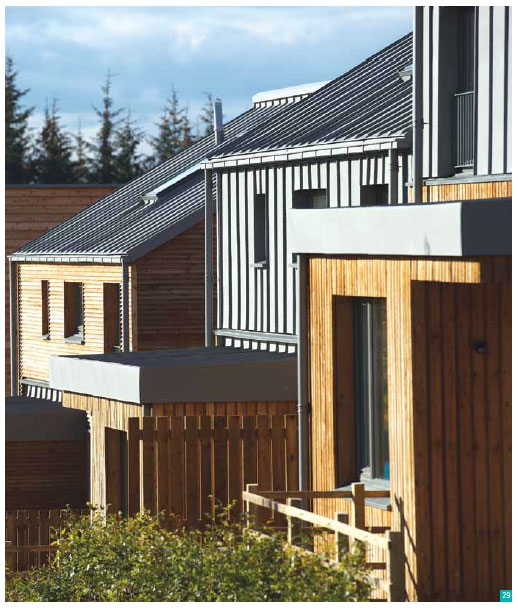
HEALTH
Physical and social environments are critical elements in people's lives and can impact on their health and wellbeing. Neighbourhoods which can increase human connectedness through their design and where there is access to good quality greenspace, safe streets and places for children to play outdoors can positively benefit health.
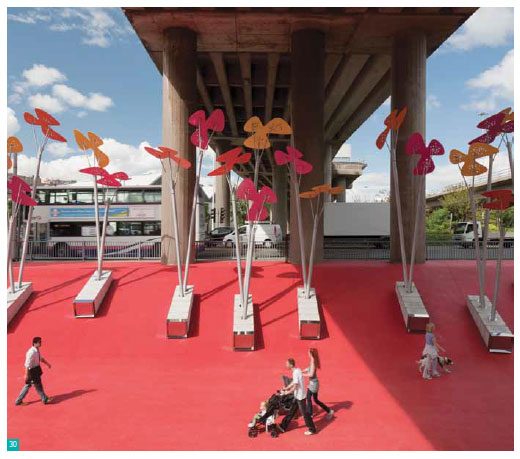
'Children who have better access to safe, green and open places are more likely to be physically active and less likely to be overweight than those living in neighbourhoods with reduced access to such facilities. Access to green space is also associated with greater life expectancy in older people.'
Equally Well report of The Scottish Government Ministerial Task Force on Health Inequalities
Each of us should aim to participate in an appropriate level of physical activity for our age. Increasing physical activity levels across the Scottish population can increase life expectancy and decrease health inequalities. This can provide substantial health benefits for individuals and significantly reduce the risk of diseases such as cancer, diabetes and dementia
Creating places which are attractive and well-connected encourages people to walk and cycle and children to play.
We must take advantage of the health benefits related to physical activity and so it is vital that we create attractive, accessible places that put pedestrians first and make it safe and attractive for younger and older people to go outdoors.
Whereas the physical environment can have a positive impact on health and wellbeing, poor quality surroundings can have the opposite effect. People who feel that they have no control over their environment, or do not experience it as a meaningful place, are more likely to experience chronic stress. Chronic stress puts people at increased risk of mental and physical ill health and is linked to early mortality.
It is important that we see place as an asset which, if properly designed and managed, can create the conditions for health to flourish.
'T here is a proven link between how we perceive our world and surroundings and the various biological responses that go on inside the body. How people feel about their physical surroundings, can impact on not just mental health and wellbeing, but also physical disease.'
Sir Harry Burns, Chief Medical Officer, The Scottish Government
CULTURE AND IDENTITY
Our natural and built environments help to define us as a country.
The quality of our assets contributes to Scotland's international image, as a confident, forward looking country. This is crucial in attracting people to visit and invest. It is the esponsibility of us all to conserve these rich national assets, but we must also work together to create a positive legacy of which our generation can be proud.
The Historic Scotland-led publication New Design in Historic Settings describes how sensitive and innovative contemporary design can enhance our existing built environment. Understanding context and responding appropriately can unlock the potential of buildings and places.
Architecture and places are a key generator of revenue in Scotland's £2.9 billion visitor economy.
% OF VISITORS TO SCOTLAND TAKING PART IN THE FOLLOWING ACTIVITIES
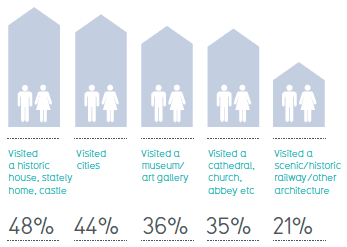
Source: VisitScotland Scotland Visitor Survey 2011 and 2012
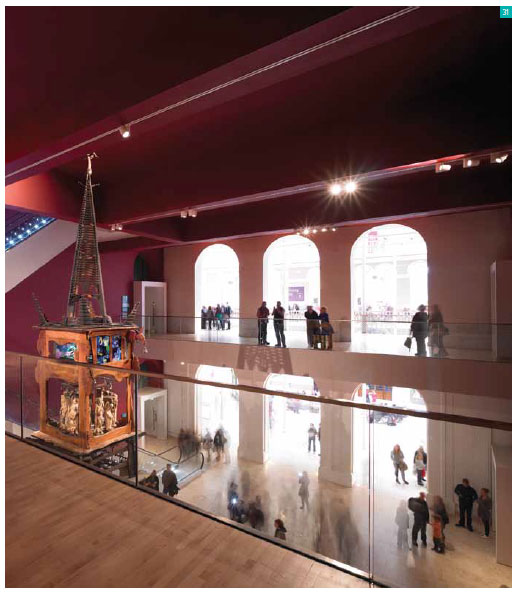
The renovation of the National Museum of Scotland complex saw visitor numbers rise from around 700,000 in 2007 to almost 1.9 million in 2012.
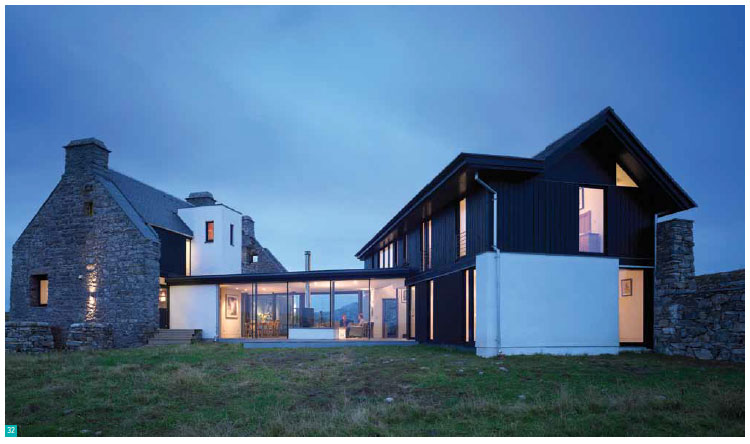
Scotland has around 450,000 traditionally constructed buildings. Some of these are iconic sites such as Edinburgh Castle and the Glasgow School of Art, but the majority are the buildings in which we live and work.
Built heritage
Our historic environment is a source of inspiration and should be seen as integral to a place. It is vital to ensure that we have the necessary skills which will maintain our historic environment, so that Scotland's heritage can continue to be enjoyed for generations to come.
A great deal has been achieved for the historic environment by Historic Scotland and others through input into construction, maintenance, and the support of indigenous craft skills. This includes partnership support for the creation of the National Conservation Centre. This initiative will make an important contribution to sustaining and developing the traditional skills required to secure the future of our existing built assets.
There are many examples of Scotland's successes in incorporating the historic environment into new design. The combination of conservation skills and a deep understanding of place have been great strengths in Scottish architecture. This can be seen from the number of awards which have been won by 'heritage' or reuse projects. All of this contributes to championing the role the existing built environment has in creating and sustaining a sense of place.
The draft Historic Environment Strategy for Scotland, for the first time, sets out an overarching vision for the historic environment. The vision for Scotland's historic environment is that it is understood and valued, cared for and protected, enjoyed and enhanced. It is at the heart of a flourishing and sustainable Scotland and will be passed on with pride to benefit future generations.
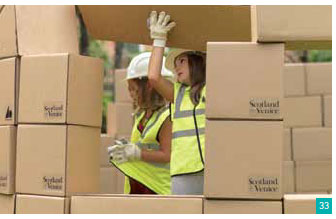
Creative places
Cultural institutions, art and architecture can be powerful tools to influence our sense of place. Art and placemaking can draw upon the physical and cultural history of places to reinforce identity and engender civic pride. Culture and creativity can be the means of enlivening places and attracting development of all kinds, resulting in positive, lasting change.
Culture-led regeneration can have a profound impact on the wellbeing of a community in terms of the physical look and feel of a place and can also attract visitors, which in turn can bolster the local economy and sense of pride or ownership.
Creative places are necessary if we want to attract and develop the creative talent of tomorrow. Taking a fresh perspective and encouraging new ways of working can enable Scotland to lead the way in developing a successful creative economy.
'Successful cities tend to be vibrant and cultural cities, which have a distinct quality of place, amenities, retail and cultural offerings to attract and retain talent, investment and visitors.'
Scotland's Cities: Delivering for Scotland The Scottish Government in collaboration with Aberdeen, Dundee, Edinburgh, Glasgow, Inverness and Stirling
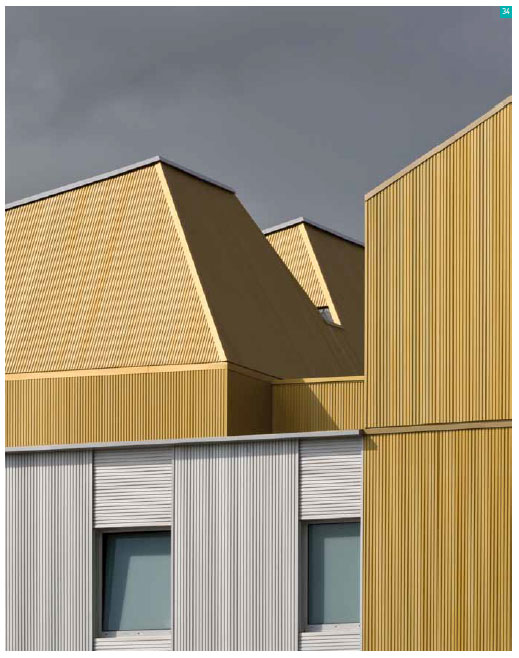
LANDSCAPE
Landscape shapes our impressions and experience of place and, if fully understood, managed and developed, provides numerous benefits including wellbeing, stimulation of our senses, biodiversity, and opportunities for economic development.
In 2006, the UK signed up to the European Landscape Convention, an initiative that highlights the importance of all landscapes and encourages more attention to their care and planning. The Convention states that looking after our landscapes is the responsibility of us all through the decisions we make and the actions we take.
Landscape change
This is not to say that we should aim to retain all landscapes in an unaltered state. Landscapes, by their very nature are constantly evolving and changing and this can be a change for good when well planned and correctly managed. The capacity of landscapes to accommodate new land uses and development will differ from place to place. Strategic land use planning and considered approaches to siting and design of development, which recognise landscape character and landscape capacity, will help to guide appropriate landscape change.
Landscape design
Landscape design is an integral component of placemaking. Well-designed landscapes can provide many benefits: safe, creative spaces for children to play and people to gather in; public space that promotes access to the outdoors; biodiversity and water management; the reduction of airborne particles; and improved micro-climate and space for local food production. These are all important issues that can be combined and delivered effectively through good landscape design.
'Green infrastructure should be thought about at every scale of planning, from the strategic framework right down through neighbourhoods and within streets to the individual house or flat.'
Green Infrastructure, Design and Placemaking
The Scottish Government 2012
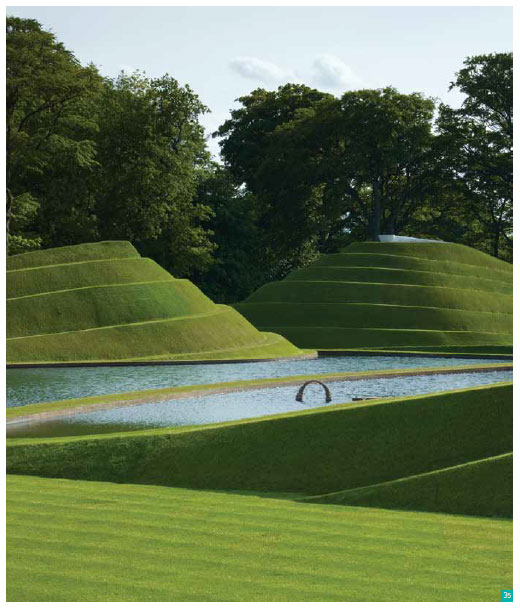
There is a problem
Thanks for your feedback